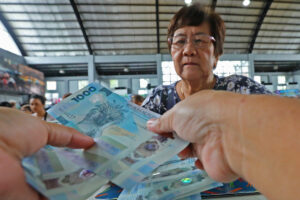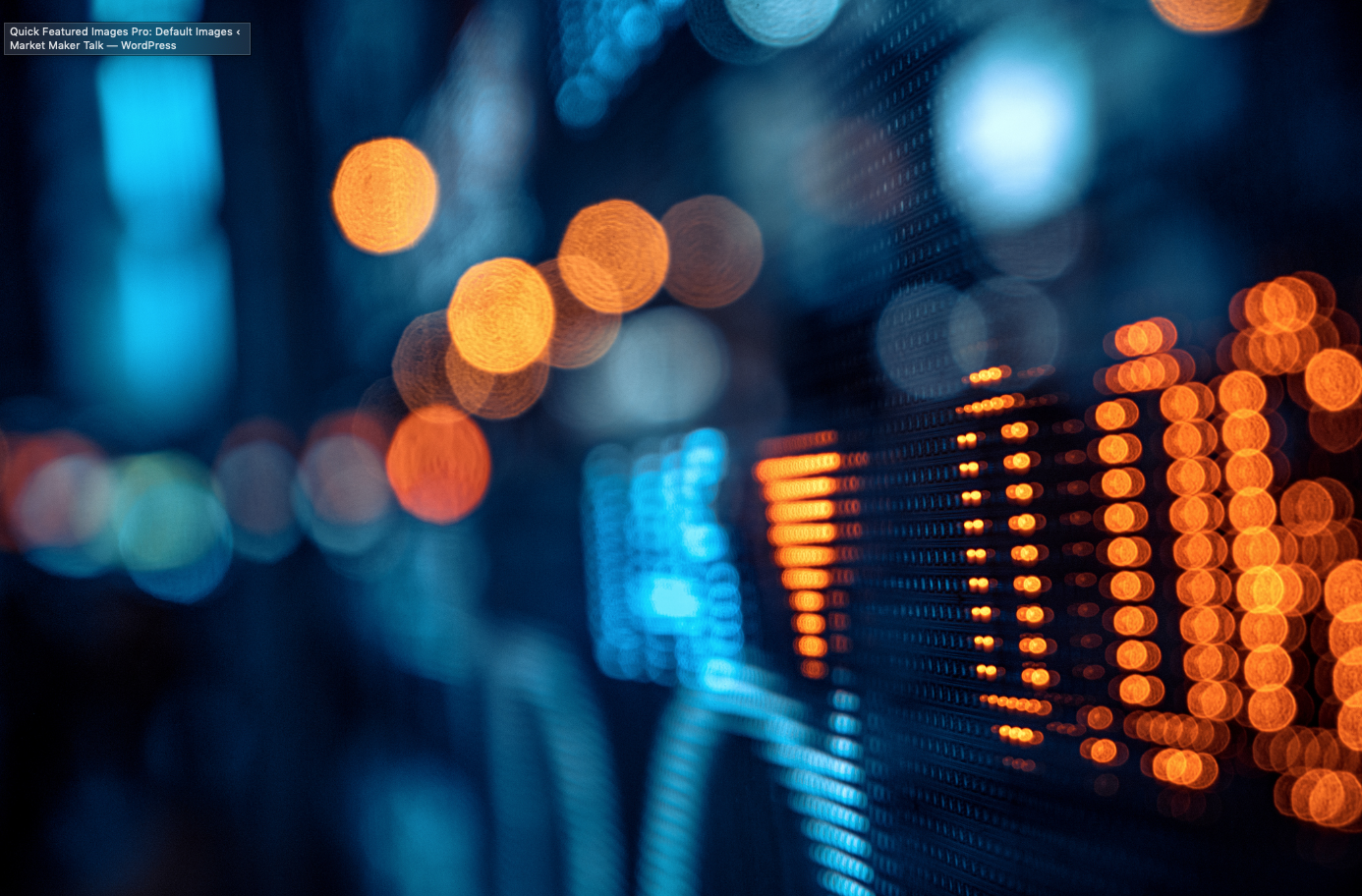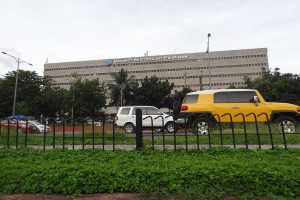Gen X, Boomers are an overlooked opportunity for digital banks expanding in the Philippines

By Aaron Michael C. Sy, Reporter
IRENE A. ZAPATA, 49, prefers to withdraw cash from the bank rather than do it through an app, and shuns e-wallet platforms.
“I prefer going to the bank because it feels safer for my money,” the housewife told BusinessWorld. “There’s also a teller whom I can easily talk to if I have any questions. Online banking seems to have too many steps and I find that hard.”
Friends and relatives and even the bank tellers have told her to get into digital banking, and she might just do that provided she gets the proper guidance, she said.
There were 9.2 million Filipinos that are part of Generation X who still don’t have a bank account, and they account for 29% of the 31.6 million digitally unbanked Filipino adults, according to the Philippine central bank’s 2021 financial inclusion survey.
A tenth of Gen Xers — people born from 1965 to 1980 — without a bank account are from the middle class (class C), while many are from Class D and E. Class AB Gen X respondents all had bank accounts.
Still, digitally unbanked Gen Xers fell to 42% in 2021 from 48% two years earlier, the survey showed.
Gen X people are the biggest consumers of financial products because they are mid-career, building wealth or preparing for retirement, the central bank said.
The Bangko Sentral ng Pilipinas (BSP) aims to have 50% of Filipinos having savings in formal financial institutions and 75% of borrowers getting their loans from formal sources by 2028. It said it has initiatives to promote financial inclusion among all sectors including Gen X.
The regulator has a consumer protection program and wants to make financial products and services more accessible.
“Perhaps the reluctance of some demographics to adopt digital transactions spans across several aspects of their lives,” Nicholas Antonio T. Mapa, senior economist at ING Bank N.V. Manila, said in a Viber message.
He said these people might prefer to hold on to cash or make physical payments because it assures them that the payment or transfer did go through.
Private banks, not just the BSP, should encourage consumers to adopt digital banking because it boosts the economy and promotes development, Mr. Mapa said.
“Financial inclusion of the unbanked sector can increase productive capital accumulation in the country,” John Paolo R. Rivera, Oikonomia Advisory & Research, Inc. president and chief economist, said in a Viber message. “Financial inclusion is about better, efficient and safe banking.”
He said regulators should ensure safety nets against cyberattacks including the use of digital platforms to steal money from banks. “If this is addressed, the unbanked will be comfortable to take part.”
BOOSTING DEPOSITSMr. Rivera cited the December 2021 incident where the bank accounts of more than 700 BDO Unibank, Inc. clients were hacked. “Everyone is paranoid about the safety of their money.”
Banks might find it easier to reach the underbanked sector to boost deposits and loans, Ruben Carlo O. Asuncion, chief economist at Union Bank of the Philippines, Inc. said in a Viber message.
“Inclusion of the unbanked is a great challenge. The problem is access to smartphones and connectivity, so these basic issues should be dealt with and prioritized if we are to include everyone in the financial system,” he said.
Calixto V. Chikiamco, president of the Foundation for Economic Freedom, said banks should pursue Filipino baby boomers — those born from 1946 to 1964 during the mid-20th century baby boom — just as much as other generations.
“The older generations usually have more wealth than the younger ones,” Enrico P. Villanueva, an economics senior lecturer at the University of the Philippines Los Baños, said in a Twitter message.
He also said financial inclusion concerns are more about income rather than age, adding that Baby Boomers might have more issues with digital banking than Gen X.
“These empty nesters miss and crave human attention so talking to bankers physically is a joy to them,” Mr. Villanueva said. “The only challenge is going to the bank because of their health and strength. They often need companions.”
But targeting unbanked Filipinos in this age group is unlikely to boost deposits or loans, the economist said. “The digitally unbanked are likely poor with little surplus for savings, or old who do not really want digital access.”
He added that financial inclusion efforts would be more meaningful if these targeted the unbanked younger population.
The central bank had aimed to digitize 50% of the volume and value of retail transactions and to have 70% of Filipino adults become part of the formal financial system by the end of last year.
Ms. Zapata, the Gen X housewife, remains reluctant to adopt mobile banking. “They think it’s the fastest way to send and receive money, but I’m just too scared, especially with all the online scams going on.”




